The Ronald McDonald Family Room — a part of Stony Brook Children’s Hospital — has served as a sanctuary for parents and family members who have a child that is in prolonged care of the facility.
Officially opening in 2013, the purpose of the family room is to provide a respite space for parents to spend their downtime while their child is being treated in the hospital, whether that be long or short term.
However, since the pandemic began, the lounge promptly shut down and is currently awaiting the green light from the hospital to reopen.
“It is sad because it shut down a great resource room,” said Tricia Telemaque, host and board member of the family room. “When we open really depends on the day-to-day and what happens with COVID. However, we are on alert and ready to go back full force.”
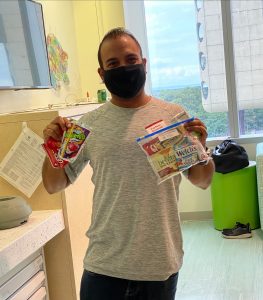
The lounge emulates an apartment-style environment with countless amenities for family members such as a fully stocked kitchen, private showers and laundry machines.
Pre-pandemic, volunteers would solicit the community to have restaurants, pizza places and bigger chains such as Chick-fil-A and McDonald’s deliver food that the volunteers would serve to the families of the sick children. The lounge offered breakfast, lunch and dinner.
Providing emotional support for families is another key aspect of the volunteer work. Having a person to talk to could serve as a stress reliever for the unfortunate circumstances going on in a parent’s life.
“I remember one day I was sitting in the room and this one woman was folding her laundry and she asked, ‘Could I just sit and talk to you because talking to someone while folding laundry feels normal’ so it really is more of a solace room,” Telemaque said.
According to her, the children admitted in the hospital also have siblings who come to the lounge and are often forgotten about. The volunteers make sure there are plenty of books and toys to play with, not only for the child admitted but for their siblings too.
“The intent is to not have any white coats [doctors] in the lounge,” Telemaque said. “So, it’s not a place where doctors and nurses can come in.”
One of the biggest goals for Ronald McDonald House Charities is to bring awareness to Long Islanders about what the lounge is and its purpose for the families that use it.
Since the pandemic began, the organization has continued to work hard for families who were suffering through the COVID period. However, donations of food have become more complicated due to the need to have items individually wrapped such as chips and granola bars.
The family room relies fully on donations from the surrounding community and businesses, as it serves approximately 3,600 families a year, so fundraising is essential for their need to remain active.
“When I started working in the room, I was amazed at how few of my friends knew that there was a Ronald McDonald [room] here in Stony Brook,” Telemaque said. “So simple awareness that there is such a need for something like this is very important and I think that is an underserved opportunity.”

Among many parents who have used the family room, Karen Maher said using the room has been a huge stress reliever on both her and her daughter, who is undergoing cancer treatment.
“I look at the Ronald McDonald House as a blessing,” Maher said. “They really helped my daughter’s treatment go much easier for me and her. They’d bring little gifts for her too, something as simple as a teddy or a blankie.”
With the help of the lounge and their conveniences, Maher was finally able to get the rest and relaxation she needed.
For more information on how to donate to the Ronald McDonald Family Room in Stony Brook Children’s Hospital, visit www.rmhcnym.org or call 516-775-5683.

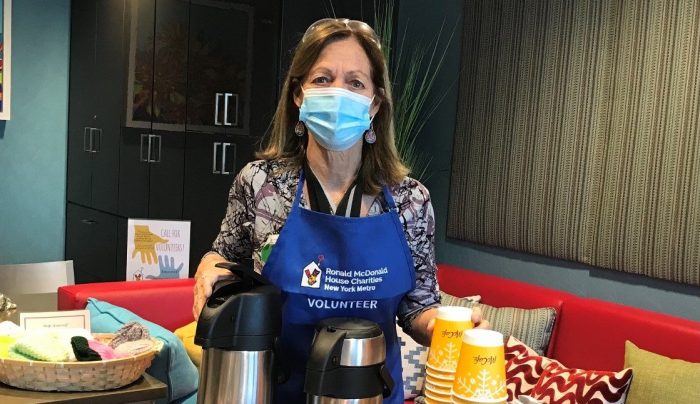

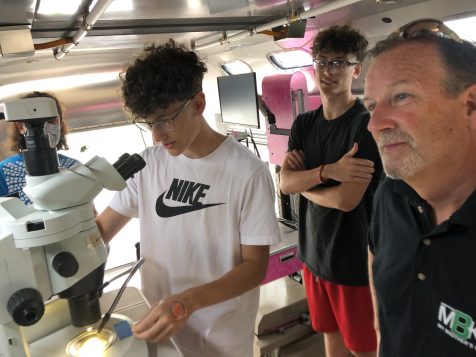
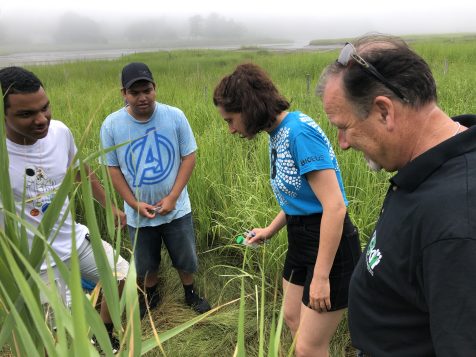

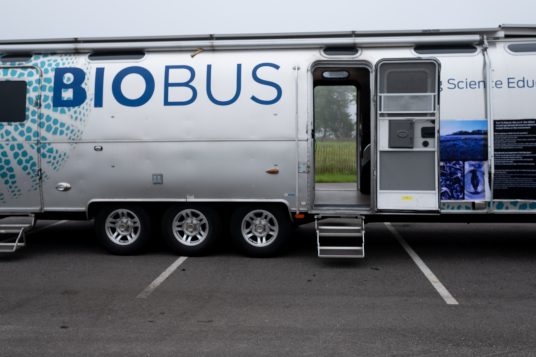
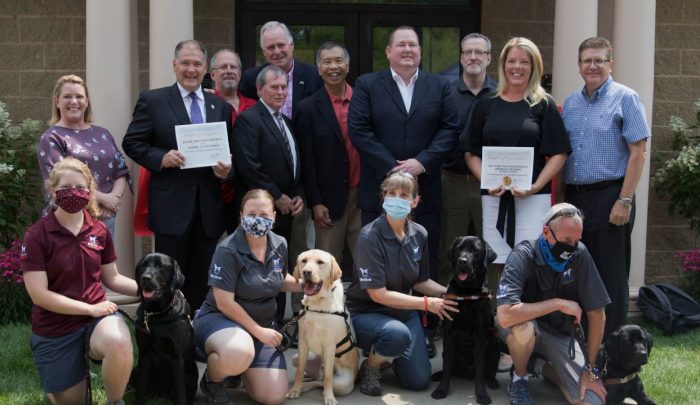

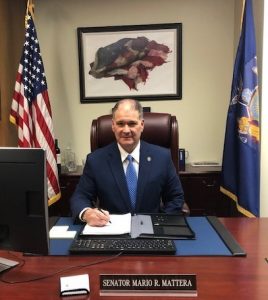


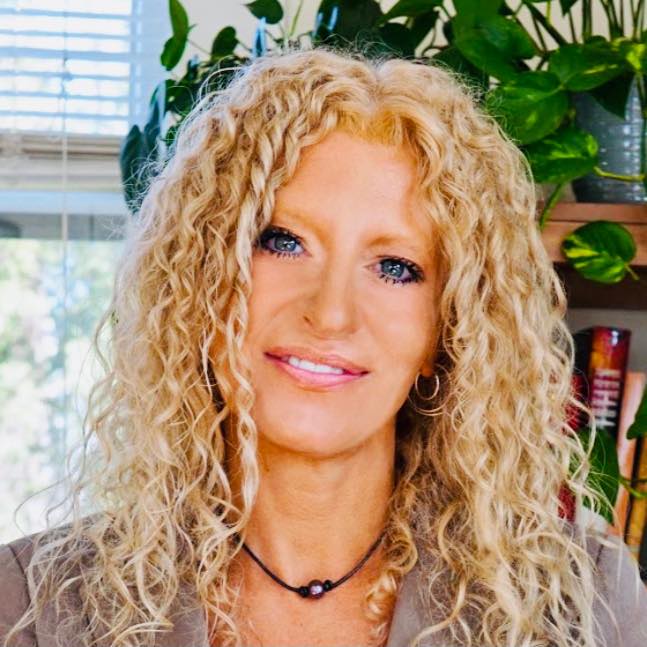

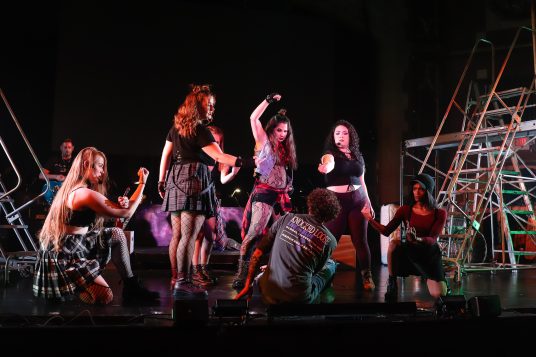
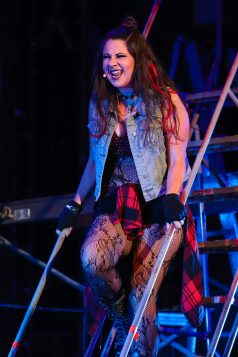

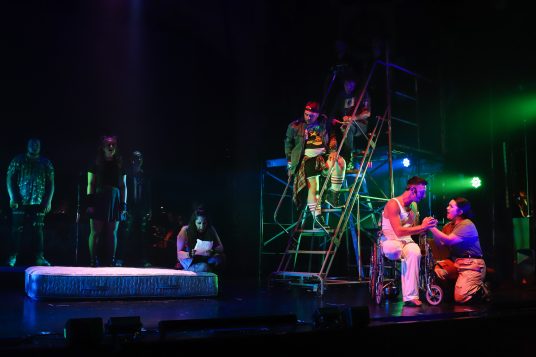
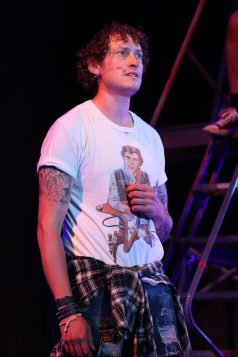
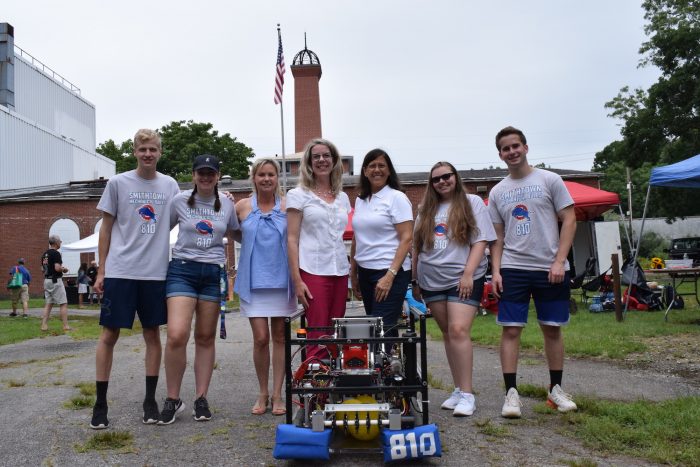
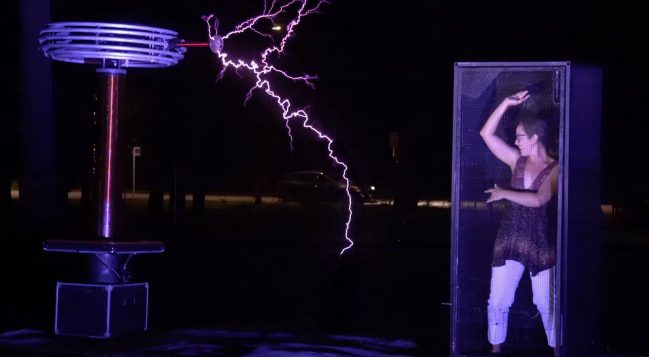
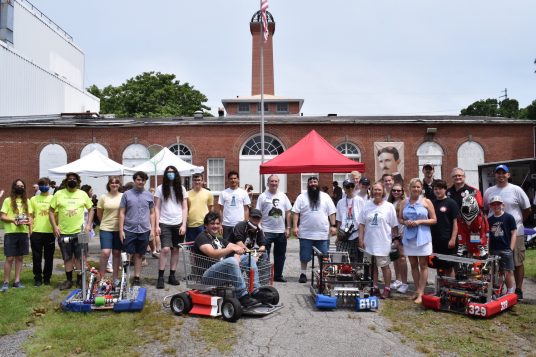
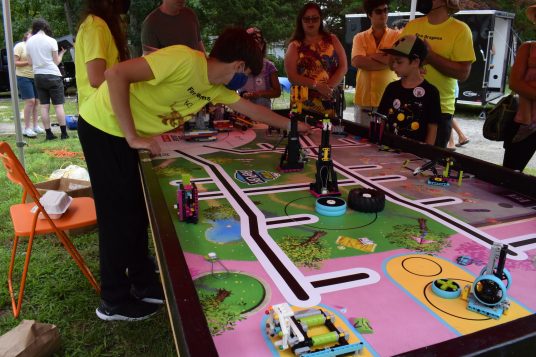
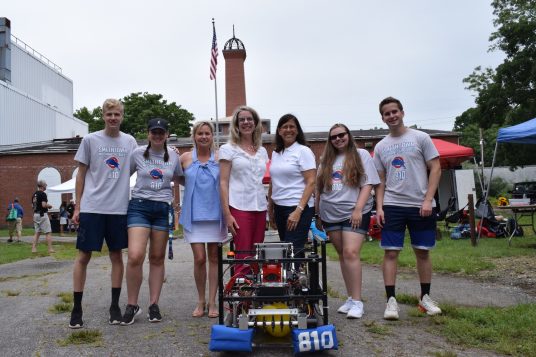
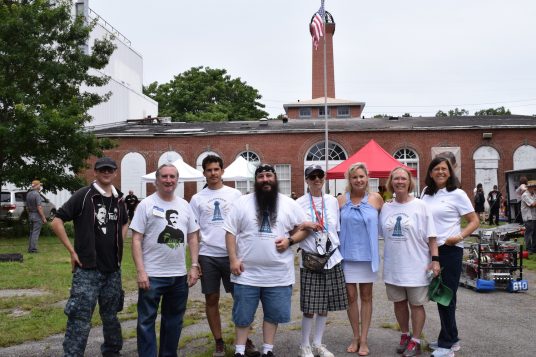
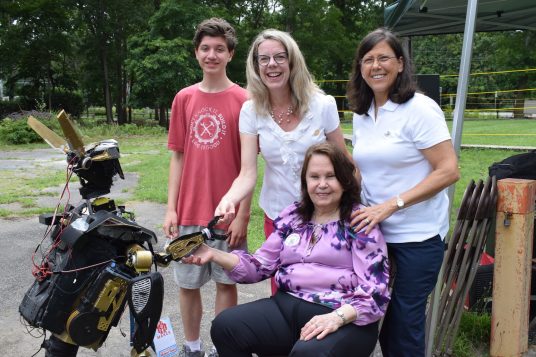
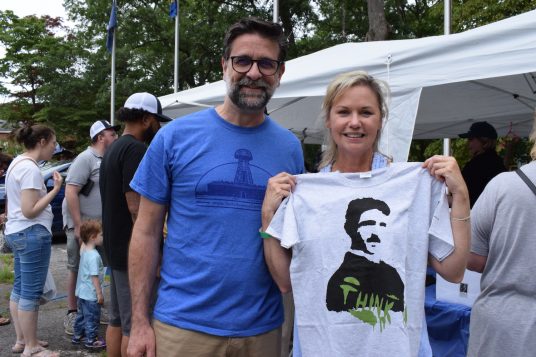
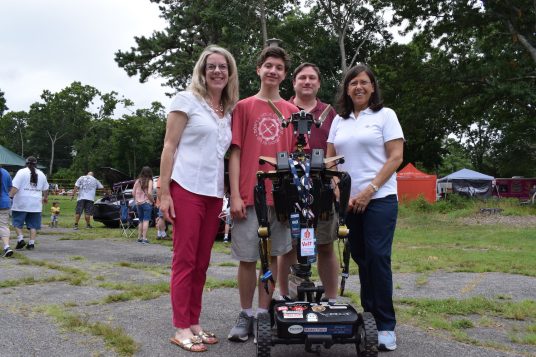

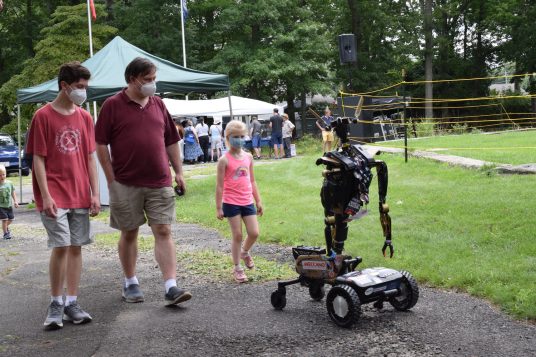
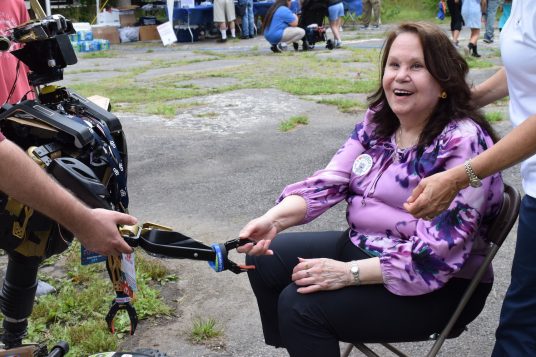
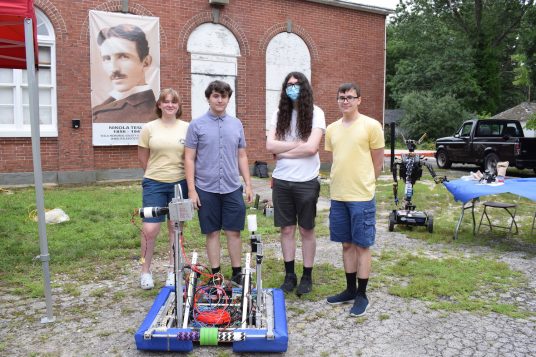
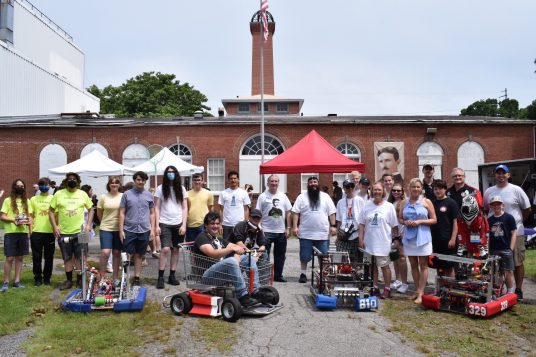

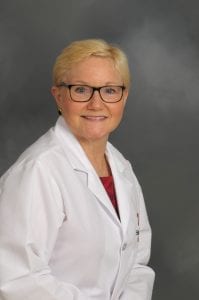

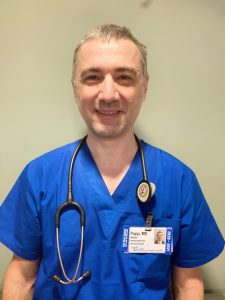

 Two Three Village residents, educators at the top of their profession — Jacqueline Grennon Brooks, professor emerita of Teaching, Learning and Technology, Hofstra University, and her spouse Martin Brooks, executive director of Tri-State Consortium, an association of over 40 school districts in New York, New Jersey and Connecticut — agree that the key to whether or not learning takes place is not how information is delivered but if knowledge is constructed. Whether it is a teacher or a book or a computer that provides a formal lesson, the students must connect the lesson to what they already know or have experienced for true learning to occur.
Two Three Village residents, educators at the top of their profession — Jacqueline Grennon Brooks, professor emerita of Teaching, Learning and Technology, Hofstra University, and her spouse Martin Brooks, executive director of Tri-State Consortium, an association of over 40 school districts in New York, New Jersey and Connecticut — agree that the key to whether or not learning takes place is not how information is delivered but if knowledge is constructed. Whether it is a teacher or a book or a computer that provides a formal lesson, the students must connect the lesson to what they already know or have experienced for true learning to occur.


